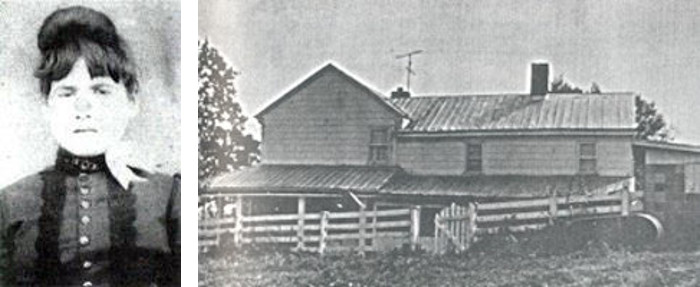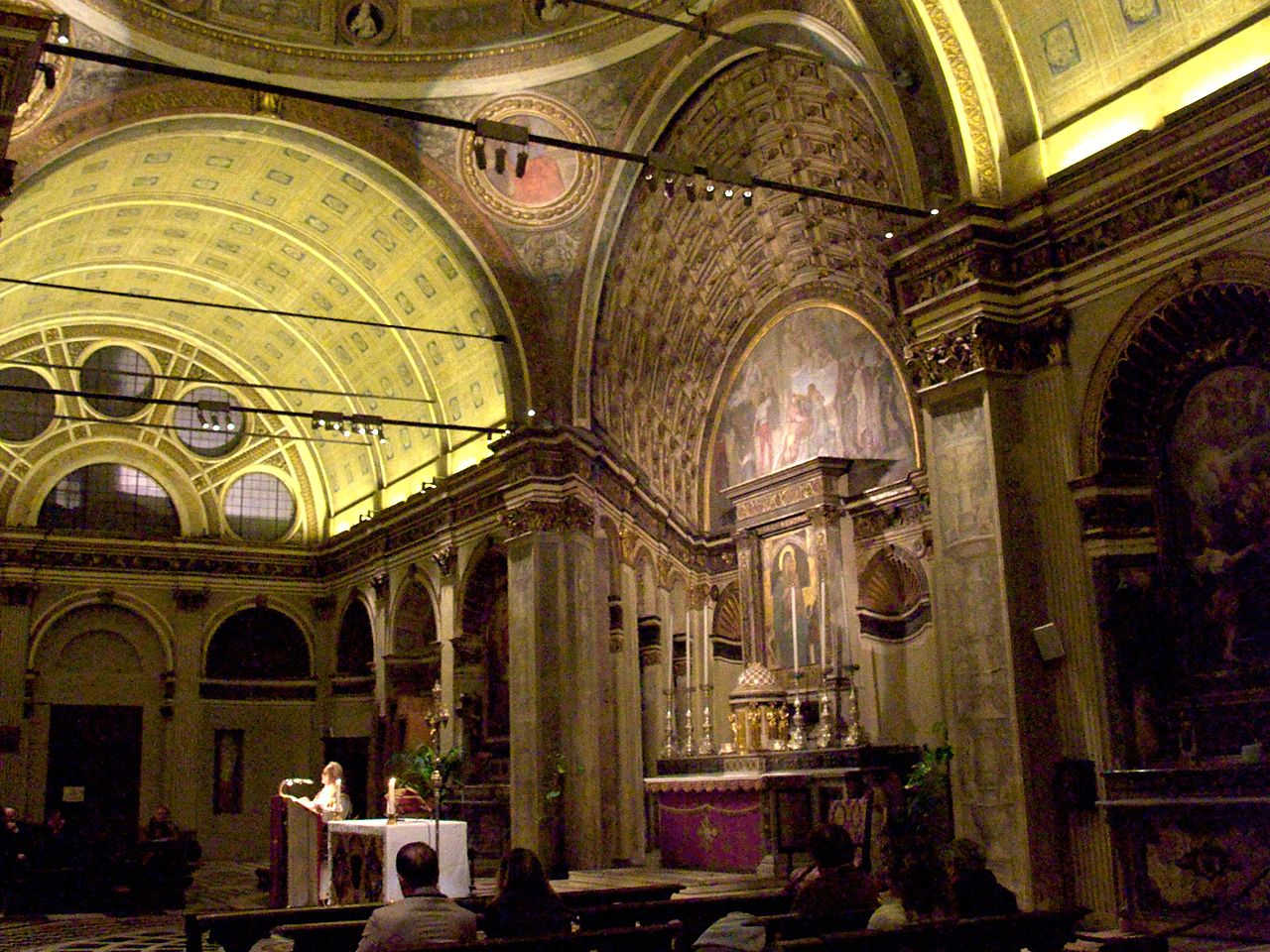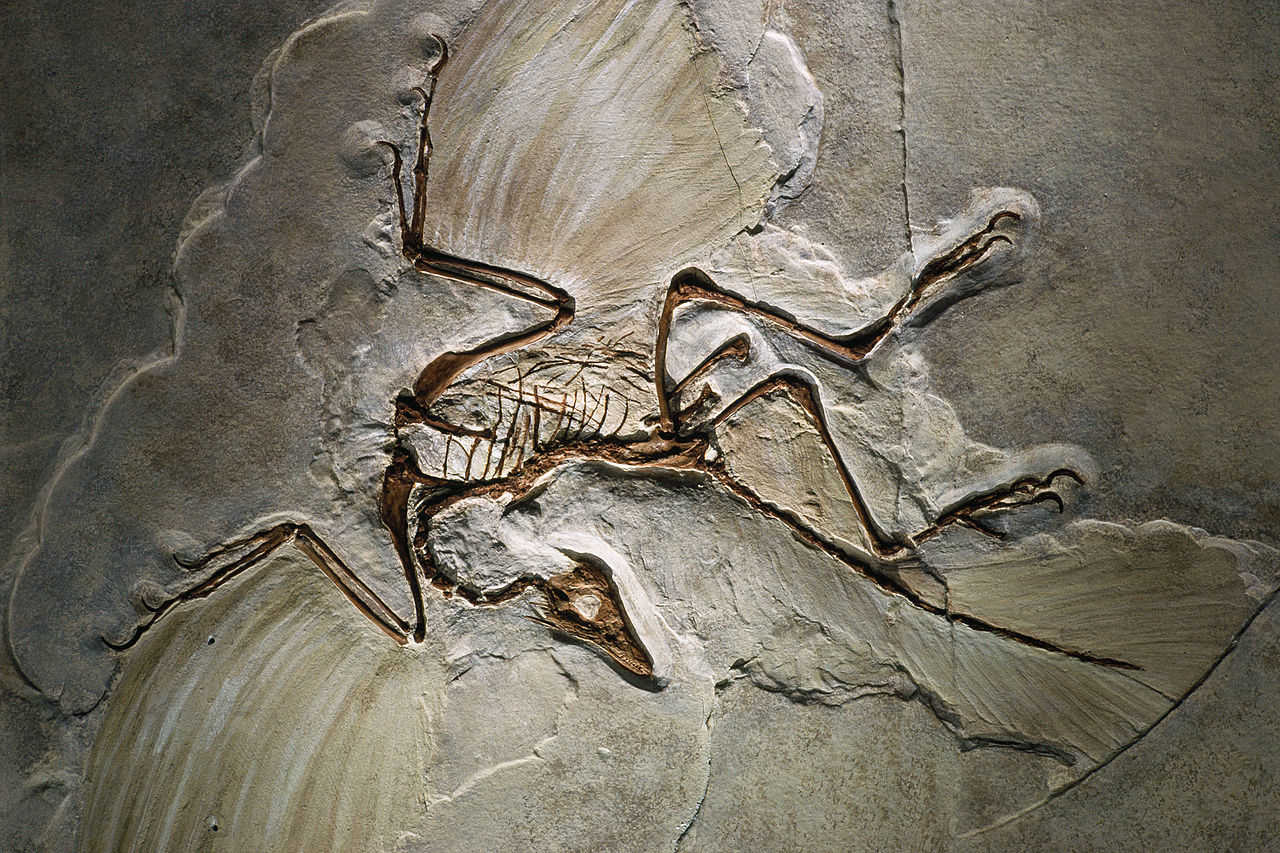You have 12 coins that appear identical. Eleven have the same weight, but one is either heavier or lighter than the others. How can you identify it, and determine whether it’s heavy or light, in just three weighings in a balance scale?
This is a classic puzzle, but in 1992 Washington State University mathematician Calvin T. Long found a solution “that appears little short of magic.” Number the coins 1 to 12 and make three weighings:
First weighing: 1 3 5 7 vs. 2 4 6 8
Second weighing: 1 6 8 11 vs. 2 7 9 10
Third weighing: 2 3 8 12 vs. 5 6 9 11
To solve the problem, note the result of each weighing and assemble a three-digit numeral in base 3 as follows:
Left pan sinks: 2
Right pan sinks: 0
Balance: 1
For example, if coin 7 is light, that produces the number 021 in base 3. Now converting that to base 10 gives 7, the number of the odd coin, and an examination of the weighings shows that it must be light. Another example: If coin 2 is heavy, then we get 002 in base 3, which is 2 in base 10. Note that it’s possible to get an answer that’s higher than 12, e.g. when coin 7 is heavy — in that case subtract the base-10 answer you get from 26.
Another curious method to solve the classic puzzle, this one involving verbal mnemonics, appeared in Eureka in 1950.
(Calvin T. Long, “Magic in Base 3,” Mathematical Gazette 76:477 [November 1992], 371-376.)
09/30/2018 UPDATE: Due to an error in the original paper, the weighings I originally specified don’t work in every case — in the third weighing, the left pan should contain 2 3 8 12, not 1 2 8 12. I’ve amended this in the post above; everything should work now. Sorry for the error; thanks to everyone who wrote in.







